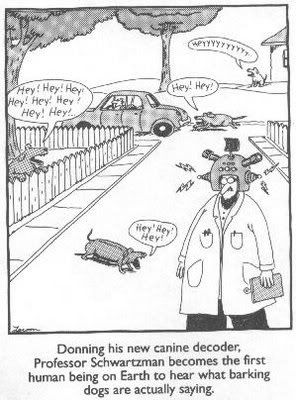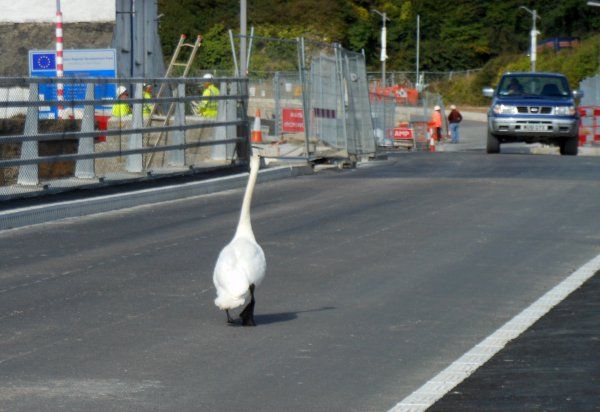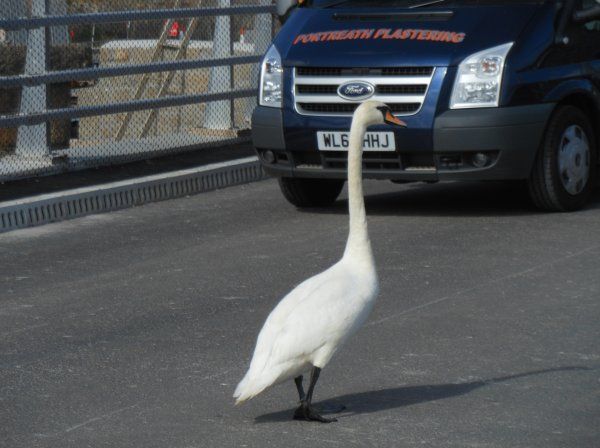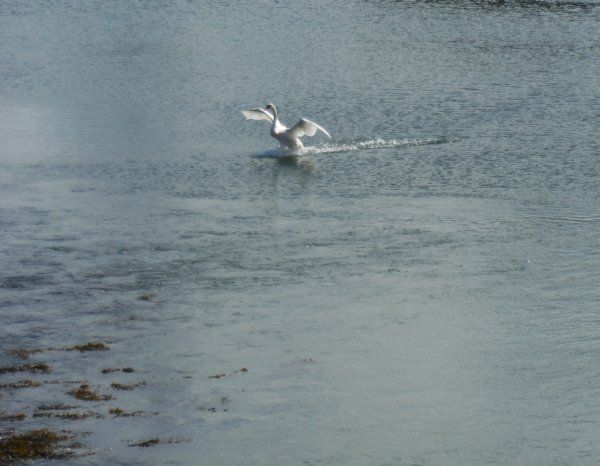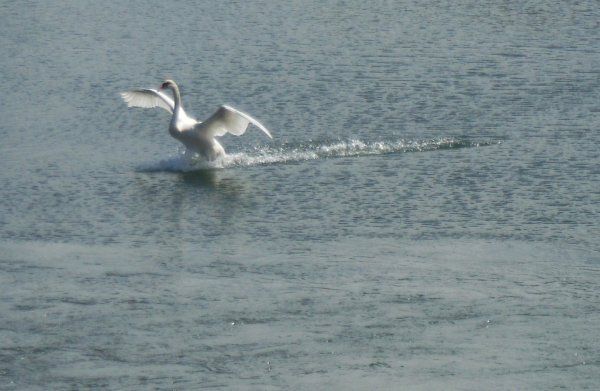- Joined
- Aug 7, 2001
- Messages
- 54,631
This is impressive....
This is so easy, a human could do it! The amazing elephant that paints from life
By Mail Foreign Service
Last updated at 7:56 AM on 09th January 2009
Oh dear, Lankam the elephant doesn't seem to have got the hang of being an artist.
For a start, his paintings actually resemble their subjects.
Even more unforgivably, his most expensive work sold for just £20,000 - barely enough to keep Damien Hirst in formaldehyde.
Lankam, an 11-year-old male Asian elephant, is one of a group of artistically inclined animals at the Maesa Camp in Chiang Mai, north Thailand, which have created hundreds of paintings.
This simple representation of a vase of flowers will sell for 2,000 baht (around £38).
The money helps to fund the sanctuary where the elephants - many of which used to be owned by logging companies - now live.
Each year thousands of tourists travel to the region to witness the amazing talents of the elephants.
As well as painting, they also play football and basketball.
Swedish photographer Bronek Kaminski, who stumbled across the park, said: 'I was amazed by the elephants.
'They hold the brush in their trunk and paint as though it is second nature. Each stroke is so considered it is quite unbelievable.'
In 2004, Lankam joined seven fellow elephants to create a record-breaking oil painting.
Measuring 8ft wide and 39ft long, the piece was sold for 1.5million baht (£20,000) to a Thai businesswoman living in California.
Pics on link:
http://www.dailymail.co.uk/sciencetech/article-1110101/This-easy-human-The-amazing-elephant-paints-life.html
This is so easy, a human could do it! The amazing elephant that paints from life
By Mail Foreign Service
Last updated at 7:56 AM on 09th January 2009
Oh dear, Lankam the elephant doesn't seem to have got the hang of being an artist.
For a start, his paintings actually resemble their subjects.
Even more unforgivably, his most expensive work sold for just £20,000 - barely enough to keep Damien Hirst in formaldehyde.
Lankam, an 11-year-old male Asian elephant, is one of a group of artistically inclined animals at the Maesa Camp in Chiang Mai, north Thailand, which have created hundreds of paintings.
This simple representation of a vase of flowers will sell for 2,000 baht (around £38).
The money helps to fund the sanctuary where the elephants - many of which used to be owned by logging companies - now live.
Each year thousands of tourists travel to the region to witness the amazing talents of the elephants.
As well as painting, they also play football and basketball.
Swedish photographer Bronek Kaminski, who stumbled across the park, said: 'I was amazed by the elephants.
'They hold the brush in their trunk and paint as though it is second nature. Each stroke is so considered it is quite unbelievable.'
In 2004, Lankam joined seven fellow elephants to create a record-breaking oil painting.
Measuring 8ft wide and 39ft long, the piece was sold for 1.5million baht (£20,000) to a Thai businesswoman living in California.
Pics on link:
http://www.dailymail.co.uk/sciencetech/article-1110101/This-easy-human-The-amazing-elephant-paints-life.html


